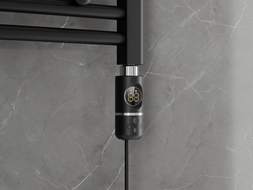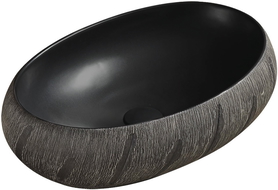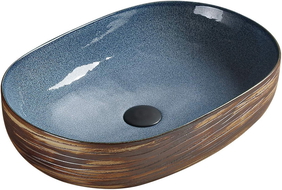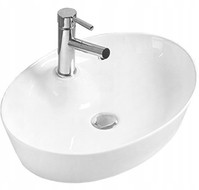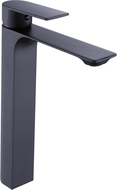
Water starts to drain very slowly, air bubbles appear, horrifying sounds resembling gurgling come from the pipes, and an unpleasant smell hits your nostrils... This is not a horror movie script, but the first symptoms of a clogged sink. Is plumbing intervention necessary? Not necessarily. There are home methods for unclogging pipes. Discover some of them.
Clogged Sink or Basin - Most Common Causes of Malfunction
A clogged sink is the most common malfunction in any home. During daily use, a significant amount of dirty water flows through the pipes. There may be leftover food, small pieces of packaging, sand, grease, coffee grounds, or tea in it, which, building up in the pipe, create a blockage and effectively block the drainage of water. In the bathroom, hair and soap scum from soaps or other cosmetics are the most common causes of a clogged drain in a basin or bathtub.
Sometimes the culprit is... limescale
In the case of prolonged use of very hard water, a clogged drain may be the result of limescale buildup. This often happens in an old plumbing system where iron pipes were used. Food scraps or other contaminants settle on the limescale-covered pipes, creating a difficult-to-push clog.
If it turns out that we have a clogged sink and water drains slowly, it is worth checking where the blockage is located - in the siphon or in the drainage pipe. It's much easier to deal with the former. Sometimes home chemical agents or a rubber plunger will suffice. Ultimately, we might have to unscrew and clean the siphon. It’s worse if the cause is a blockage in the drainage pipes. Then a special spring for unclogging pipes is necessary. If this doesn't help either, we are facing an expensive visit from a plumber.
How to Unclog a Sink with Home Remedies Using Chemicals?
The market offers many more or less effective chemical agents for unclogging sinks. The most popular are granules or gels designed for draining. However, when shopping, you should pay attention to whether the chosen chemical agents are suitable for our fixtures. It may happen that the offered product is not suitable for installations made of aluminum. Moreover, it's worth remembering that most preparations contain strong corrosive substances that, when poured with hot water, release toxic fumes, and upon contact with the skin can cause burns. Therefore, caution should be exercised when unclogging a sink.
If you are afraid of damaging the installation or the chemicals purchased in the drugstore do not necessarily convince you, it is worth reaching for products available in every kitchen. Sometimes a clogged sink can be unclogged with baking soda and a cup of vinegar. Just pour half a cup of baking soda into the drain and then pour in previously heated vinegar. Plug the drain with a cork and wait. After at least 15 minutes, turn on hot water and thoroughly rinse the sink. If you don't have vinegar, you can just pour boiling water over the baking soda.
Unclogging a Clogged Drain Using a Rubber Plunger
Despite using available chemical agents, if the clog remains and water continues to accumulate in the sink, there’s no choice but to use mechanical methods and unclog the sink with a plunger. A plunger consists of a rubber cup attached to a stick that serves as a handle. We apply the movable cup, which acts as a suction and pushing pump, to the sink drain and press down firmly several times.
A pressure difference is created in the sewer pipes, allowing the waste to either push through the clog or 'pull' it out of the drain. For the procedure to be effective, it is important to block the overflow opening. More modern and effective tools are plungers that resemble a syringe or a gun with a rubber suction cup at the end. They operate on a similar principle as the traditional plunger but are more effective and convenient to use.
A Spring Known as a Snake is the Solution for Clogged Drains!
If using a rubber plunger and other home methods did not yield the desired results, and the sink or basin is still clogged, it is necessary to clean the siphon and possibly use a snake. Before proceeding to disassembly, place a container under the sink to catch the water, unscrew the plastic caps, clean the siphon, and reassemble it. Then turn on the water and check if we have removed the cause of the clogging.
If it turns out that cleaning the siphon was ineffective, that is a sign that the blockage is deeper. Again, we unscrew the siphon, take the snake. This is a wire shaped like a spring, several meters long, with a crank on one side and a sharp tip on the other. By using the crank, we screw the snake into the sewer and then, turning in the opposite direction, we pull the spring out of the drain. The accumulated debris sticks to the sharp tip and is removed from the drain. After these procedures, the basin or sink should be unclogged.













